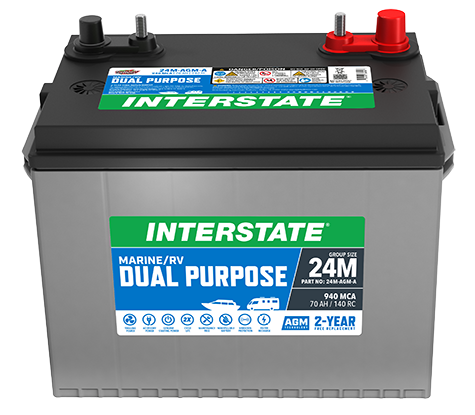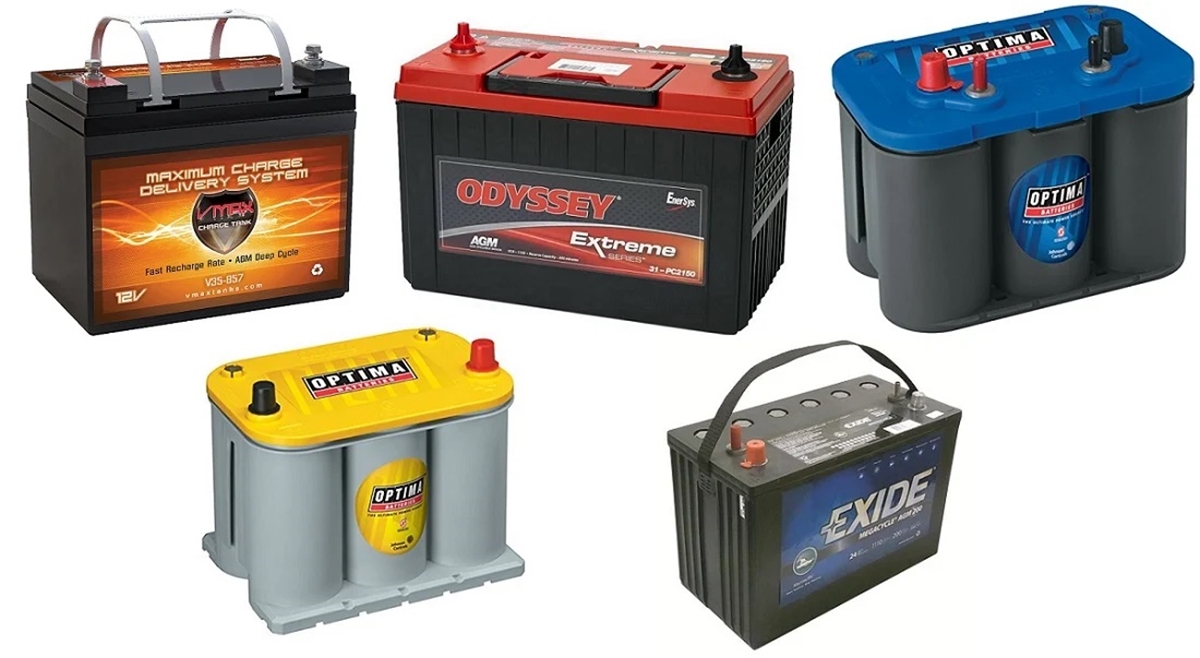

They have a lower self-discharge rate and won’t leak. Two types of lead acid batteries, AGM and gel, offer some improvements. That’s like an extra person or two! They are also the slowest charging battery on the market. We’re talking roughly 80 lbs per battery, and you might need 2 or 3 depending on how much power you need. Lead acid batteries are bulky and heavy–two characteristics you don’t want in a boat battery. You have to add water to them every so often. Flooded lead acid batteries (FLA), the type you would use on a boat, have a distilled water and sulphuric acid mixture. Its main components are lead plates and acid. One of the oldest types of marine batteries is lead acid.

So keep that in mind when choosing from the two main marine battery types below: Lead Acid Marine Batteries But they last much longer and function better. Our point? Better batteries are always more expensive. And every run to the dollar store to get new batteries is going to add up. But what if they cop out on you all of a sudden? You could get stuck in sweltering heat with no AC. Those batteries were the cheapest option up front. Imagine you’ve purchased some batteries at the dollar store for your AC unit’s remote. The different types of marine batteries consist of different materials. Marine Battery Types By ChemistryĪll marine batteries aren’t built alike. Below, we’ll dive into the most popular marine battery chemistries. What’s this “chemistry” we’re talking about? You can divide marine battery types by what they’re made out of. But this is only a good idea if you choose a battery with lithium chemistry. It might be tempting to purchase a dual purpose battery in order to save space or money. If you have a trolling motor, you’ll need both a starter battery and a deep cycle battery for your boat. Both our 12V 100Ah and 12V 125Ah batteries are both dual purpose! Others last for far less cycles than typical deep cycle batteries. Some won’t provide enough power to start certain engines. But like some “jacks of all trades”, dual purpose batteries have the reputation of being “master of none”. As its name suggests, this battery can do the job of both starter batteries and deep cycle batteries. They’re perfect for keeping your trolling motor going, and powering your lights, GPS, fish finder, and more. You can charge them and discharge them for many cycles. These plates allow them to provide steady, consistent power. These batteries have thicker plates than starter batteries. That’s a job for the next battery on this list.

Starter batteries “crank” out a big dose of power in a short amount of time. This type of marine battery starts your boat’s motor. What are the different types of marine batteries? There are three basic types: starter, deep cycle, and dual purpose. That way, you can feel more prepared before you go battery shopping. That’s why we’re here to throw you a line.īelow, we’ll outline the different types of marine batteries. With so many marine battery types on the market, choosing the right one can feel like a dive into the deep end! The last thing you want is to spend money on a battery that doesn’t suit your needs. As far as purpose goes, there’s three basic types: starter, deep cycle, and dual purpose. They’re all lead acid except for the lithium batteries. What Are The Different Types Of Marine Batteries?Ĭhemically, there’s basically four types of marine batteries – lithium, gel cell, AGM (Absorbed Glass Mat), and wet cell.


 0 kommentar(er)
0 kommentar(er)
